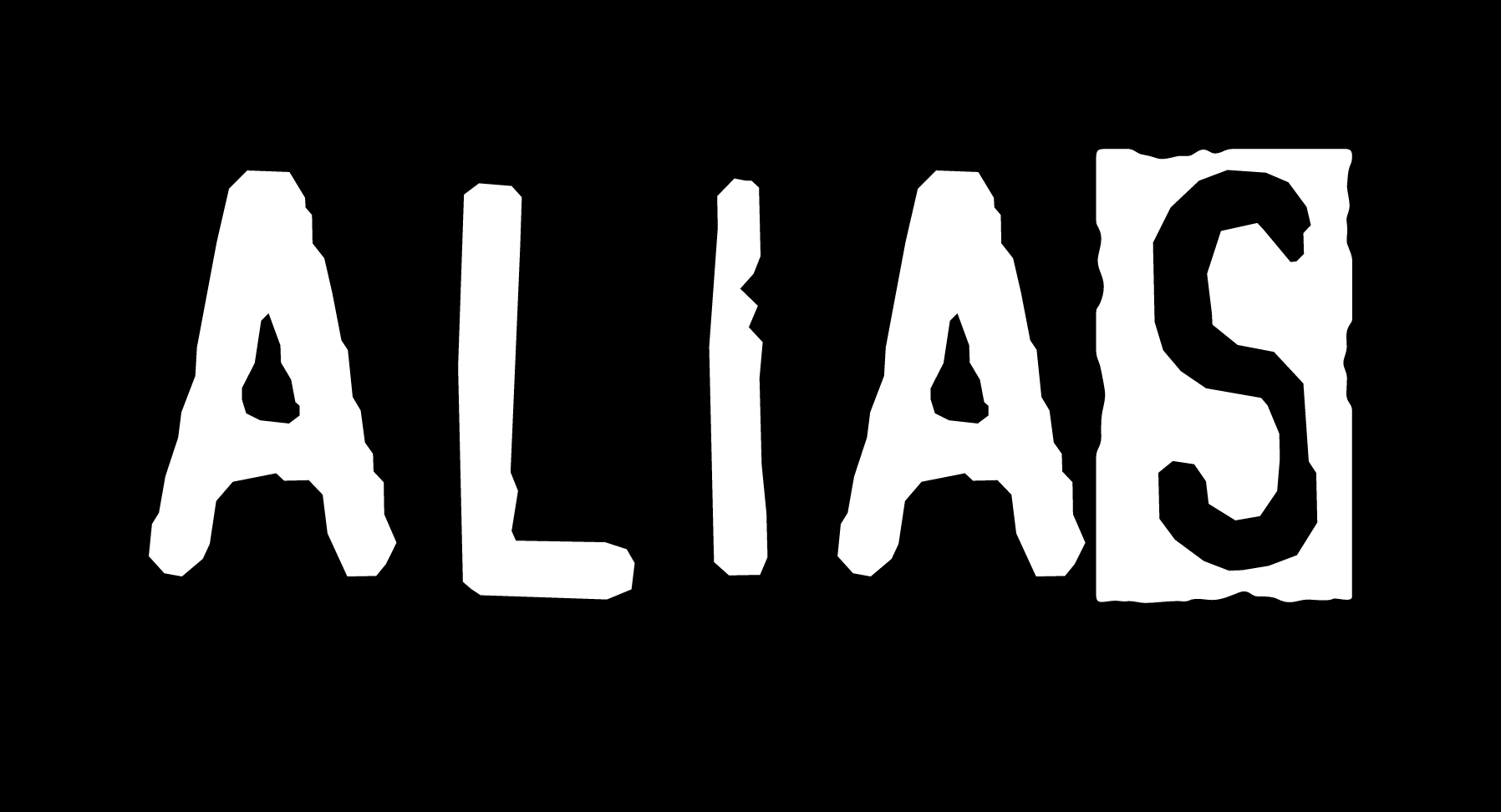Poster
Speakers
Roger Casals (MIT)
Baptiste Chantraine (Nantes)
John Etnyre (Georgia Tech)
Emmy Murphy (MIT)
Lenny Ng (Duke)
Lisa Traynor (Bryn Mawr)
Schedule (all talks to take place in Simonyi Hall 101)
Thursday February 11, 2016
|
10.40 |
Chantraine |
Restrictions on the fundamental group of some Lagrangian cobordisms. |
|
1.00 |
Ng |
Toward a contact Fukaya category |
|
2.30 |
Etnyre |
Satellite operations and Legendrian knot theory |
Friday February 12
|
10.40 |
Murphy |
A frontal view on Lefschetz fibrations I |
|
1.00 |
Casals |
A frontal view on Lefschetz fibrations II |
|
2.30 |
Traynor |
A Quantitative Look at Lagrangian Cobordisms |
Abstracts
3/10
Chantraine Abstract: In this talk we will describe two methods which shows that, under some rigidity assumptions on the involved Legendrian submanifolds, a Lagrangian cobordism is simply connected. The first one uses the functoriality of the fundamental class in Legendrian contact homology with twisted coefficients. The second uses a L^2-completion of the Floer complex associated to the cobordism. This is joint work with G. Dimitroglou Rizell, P. Ghiggini and R. Golovko.
Ng Abstract: I will describe some work in progress (maybe more accurately, wild speculation) regarding a version of the derived Fukaya category for contact 1-jet spaces J^1(X). This category is built from Legendrian submanifolds equipped with augmentations, and the full subcategory corresponding to a fixed Legendrian submanifold \Lambda is the augmentation category Aug(\Lambda), which I will attempt to review. The derived Fukaya category is generated by unknots, with the corollary that all augmentations ``come from unknot fillings''. I will also describe a potential application to proving that ``augmentations = sheaves''. This is work in progress with Tobias Ekholm and Vivek Shende, building on joint work with Dan Rutherford, Vivek Shende, Steven Sivek, and Eric Zaslow.
Etnyre Abstract: Satellite operations are a common way to create interesting knot types in the smooth category. It starts with a knot K, called the companion knot, in some manifold M and another knot P, called the pattern, in S^1\times D^2 and then creates a third knot P(K), called the satellite knot, as the image of P when S^1\times D^2 is identified with a neighborhood of K. In this talk we will discuss the relation between Legendrian knots representing K, P, and P(K). Sometimes the classification of Legendrian representatives for K and P yields a classification for P(K), but other times it does not. We will discuss why this happens and a general framework for studying Legendrian Satellites.
3/11
Casals & Murphy Abstract: In this series of two talks we will discuss Weinstein structures endowed with a Lefschetz fibration in terms of the Legendrian front projection. The main focus is on Weinstein manifolds which admit a Weinstein Lefschetz fibration with an $A_k$--fibre; this provides a large class of Weinstein structures ranging from flexible Weinstein manifolds to rich rigid examples. In particular, we will describe the computation of their symplectic homologies and discuss its implications to Legendrian submanifolds and their Lagrangian fillings.
Traynor Abstract: Lagrangian cobordisms between Legendrian submanifolds arise in Relative Symplectic Field Theory. In recent years, there has been much progress on answering qualitative questions such as: For a fixed pair of Legendrians, does there exist a Lagrangian cobordism? I will address two quantitative questions about Lagrangian cobordisms: For a fixed pair of Legendrians, what is the minimal “length” of a Lagrangian cobordism? What is the relative Gromov width of a Lagrangian cobordism? Regarding length, I will give examples of pairs of Legendrians where Lagrangian cobordisms are flexible in that the non-cylindrical region can be arbitrarily short; I will also give examples of other pairs of Legendrians where Lagrangian cobordisms are rigid in that there is a positive lower bound to their length. For the second quantitative measure, I will give some calculations and estimates of the relative Gromov width of particular Lagrangian cobordisms. This is joint work with Joshua M. Sabloff.
Sadly we have no funding, however there will be free cookies, tea, and coffee each day from 3-4pm in Fuld Hall. Additionally, the talks will be videotaped, with links appearing on this webpage.

